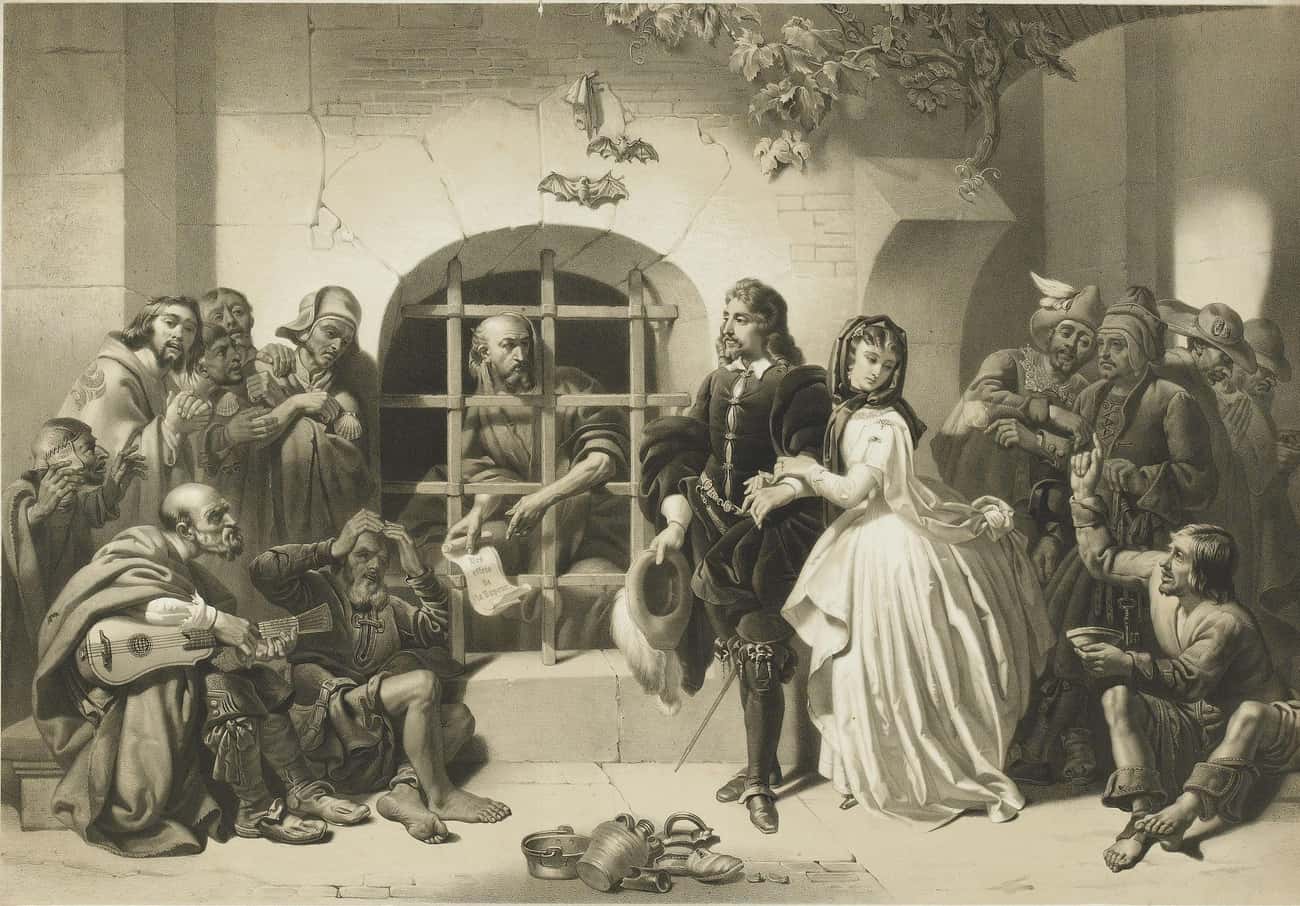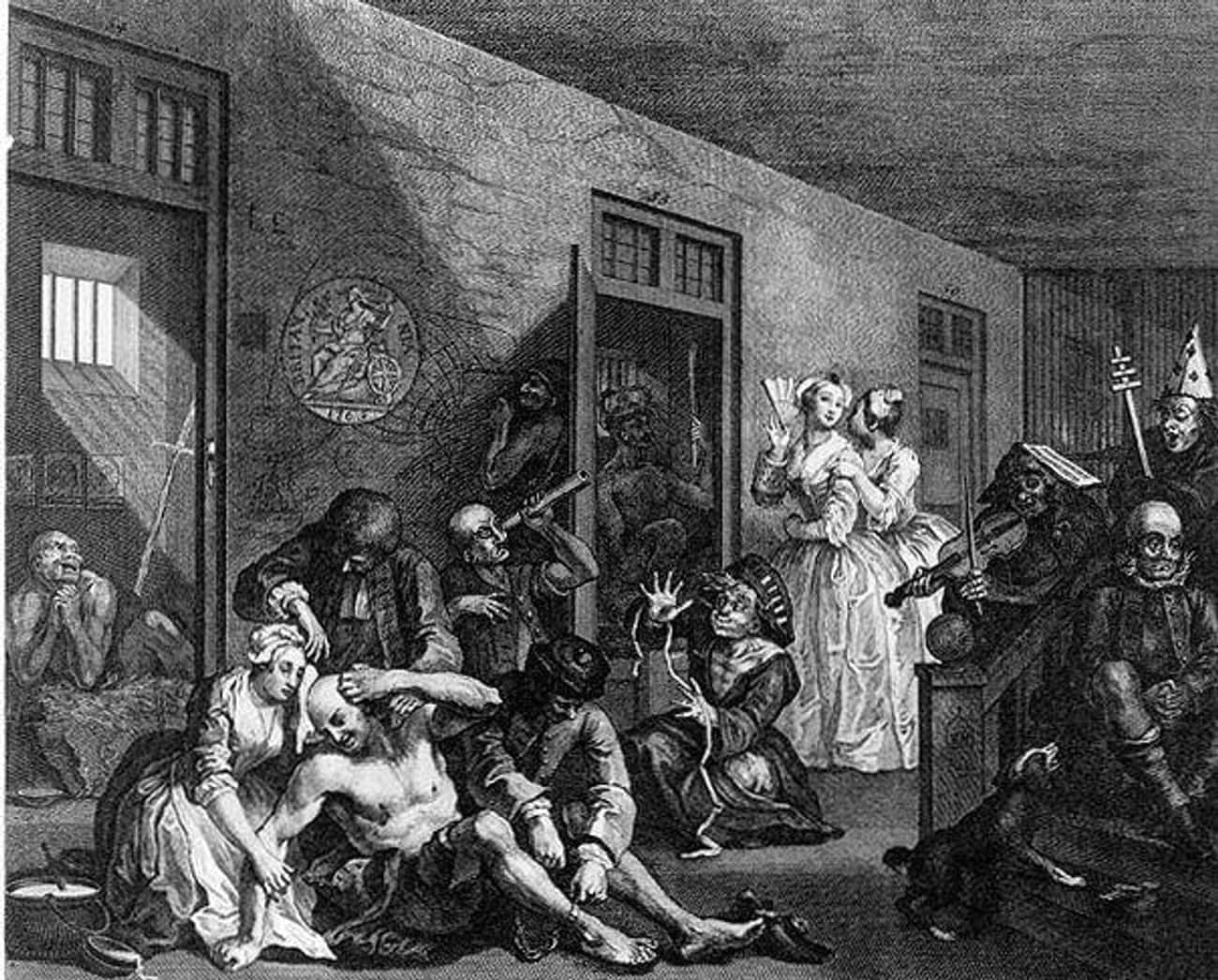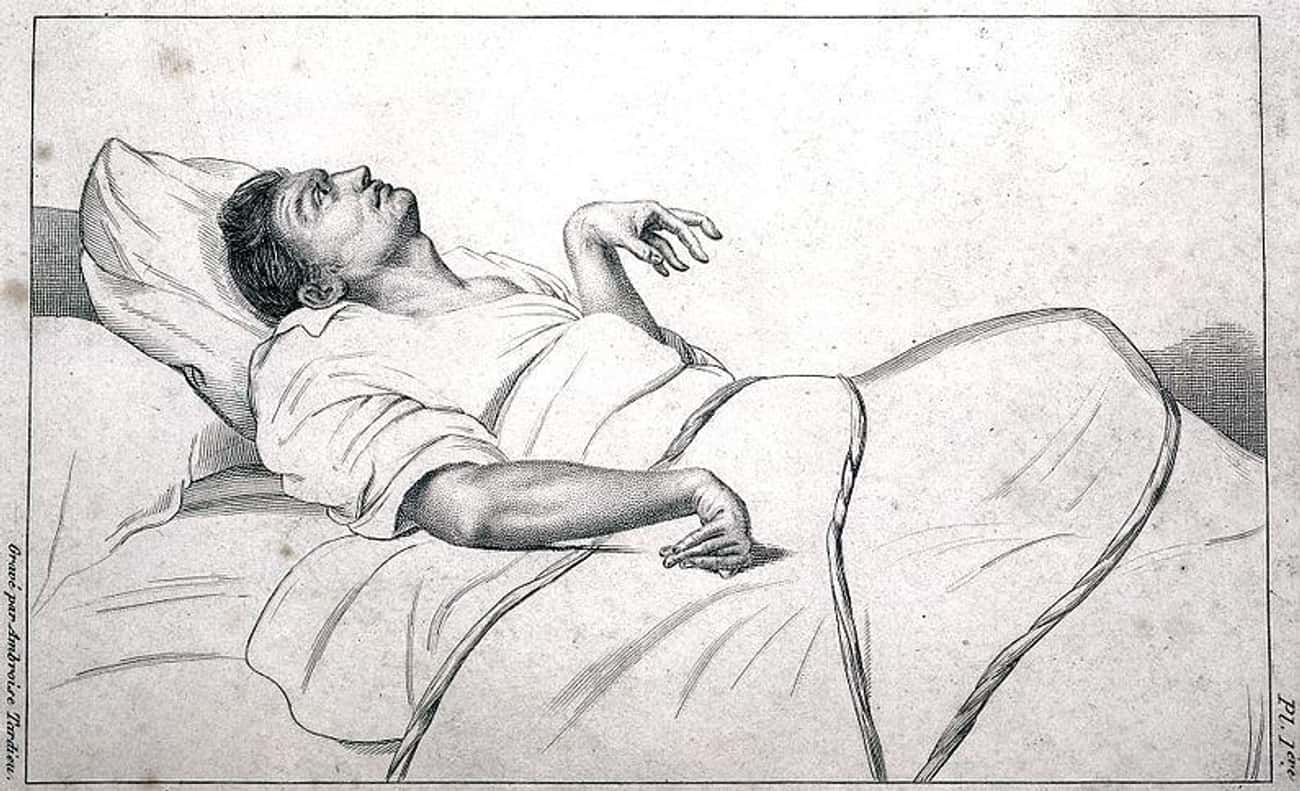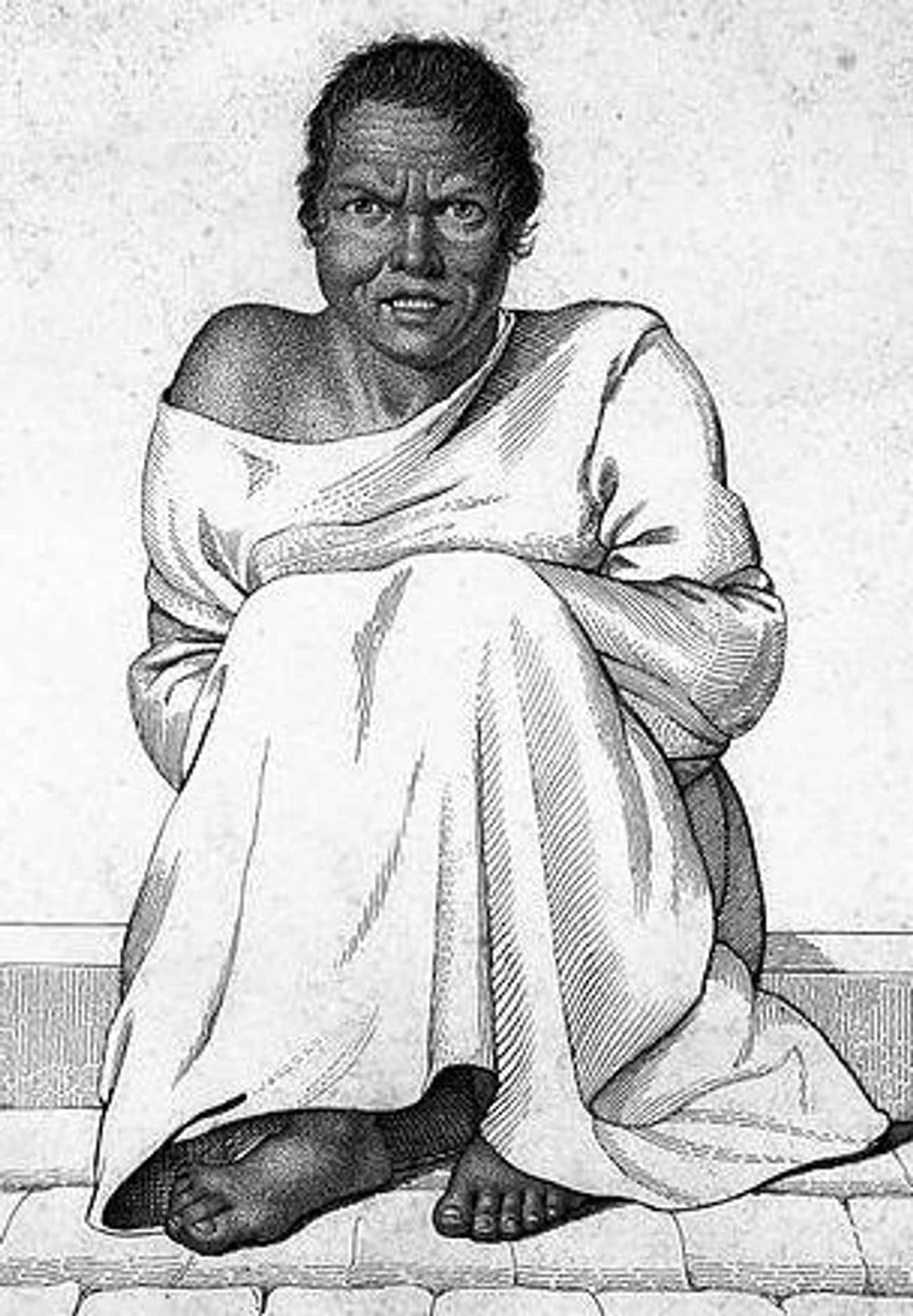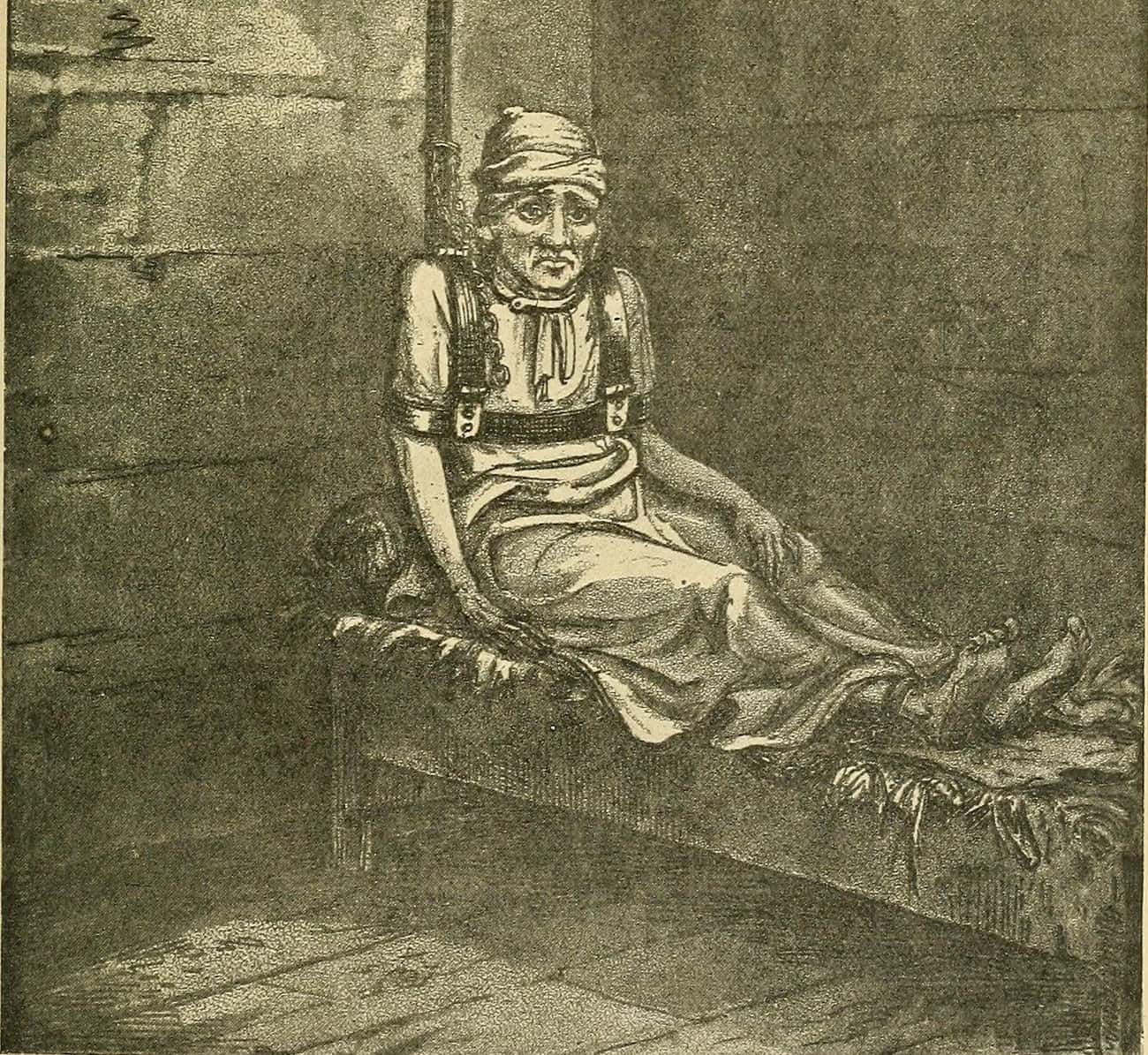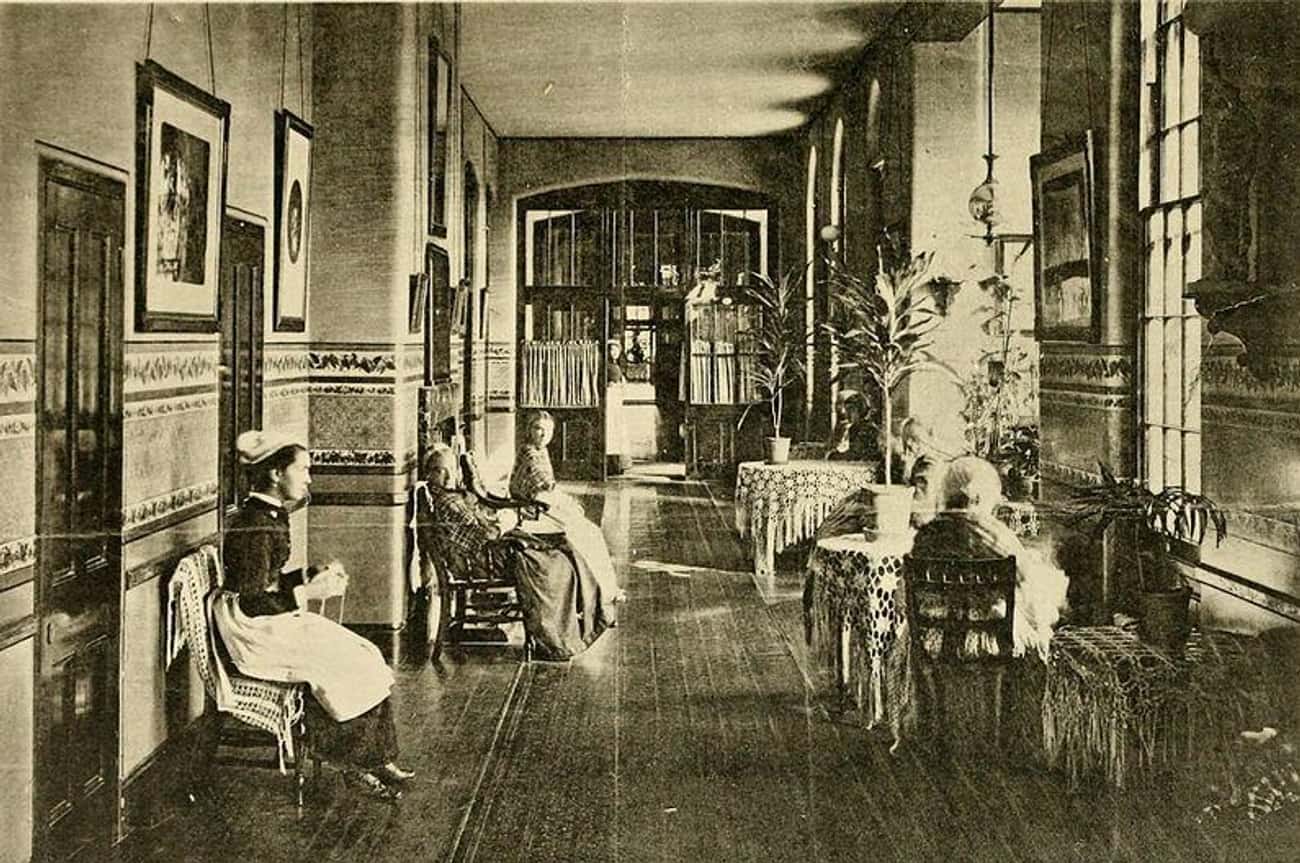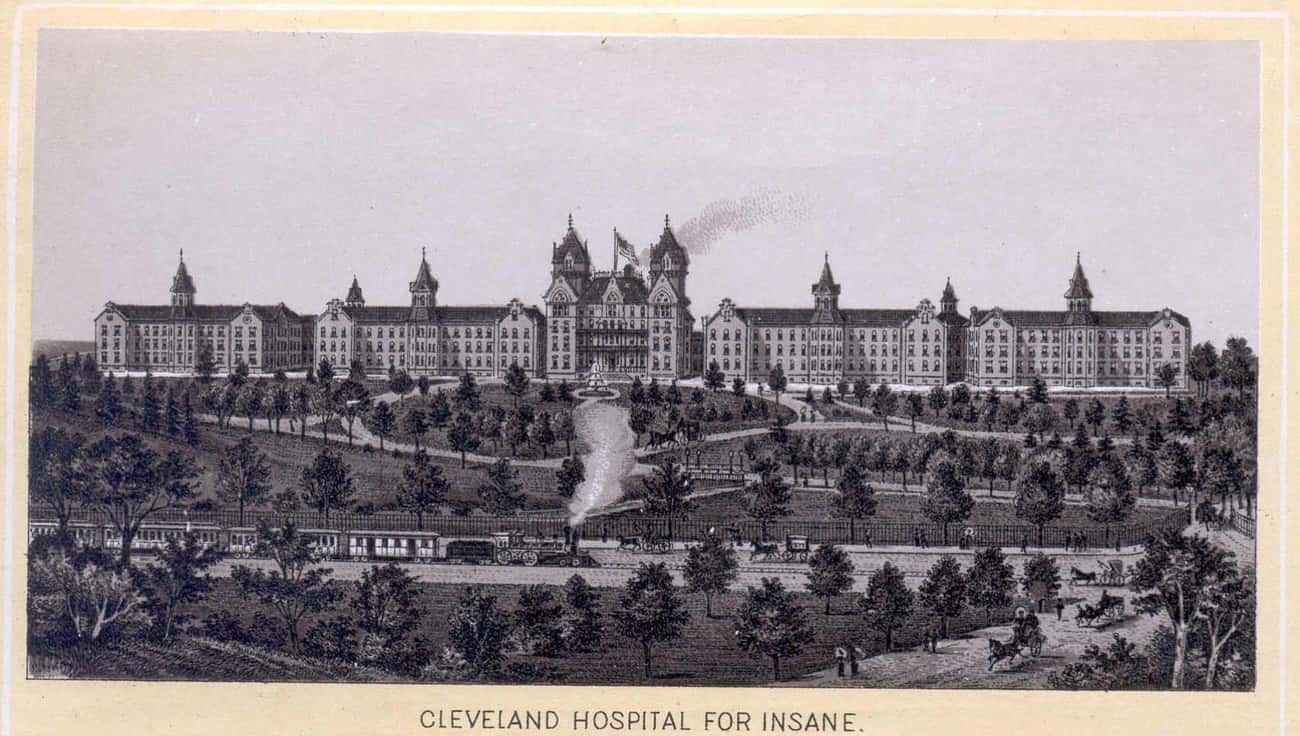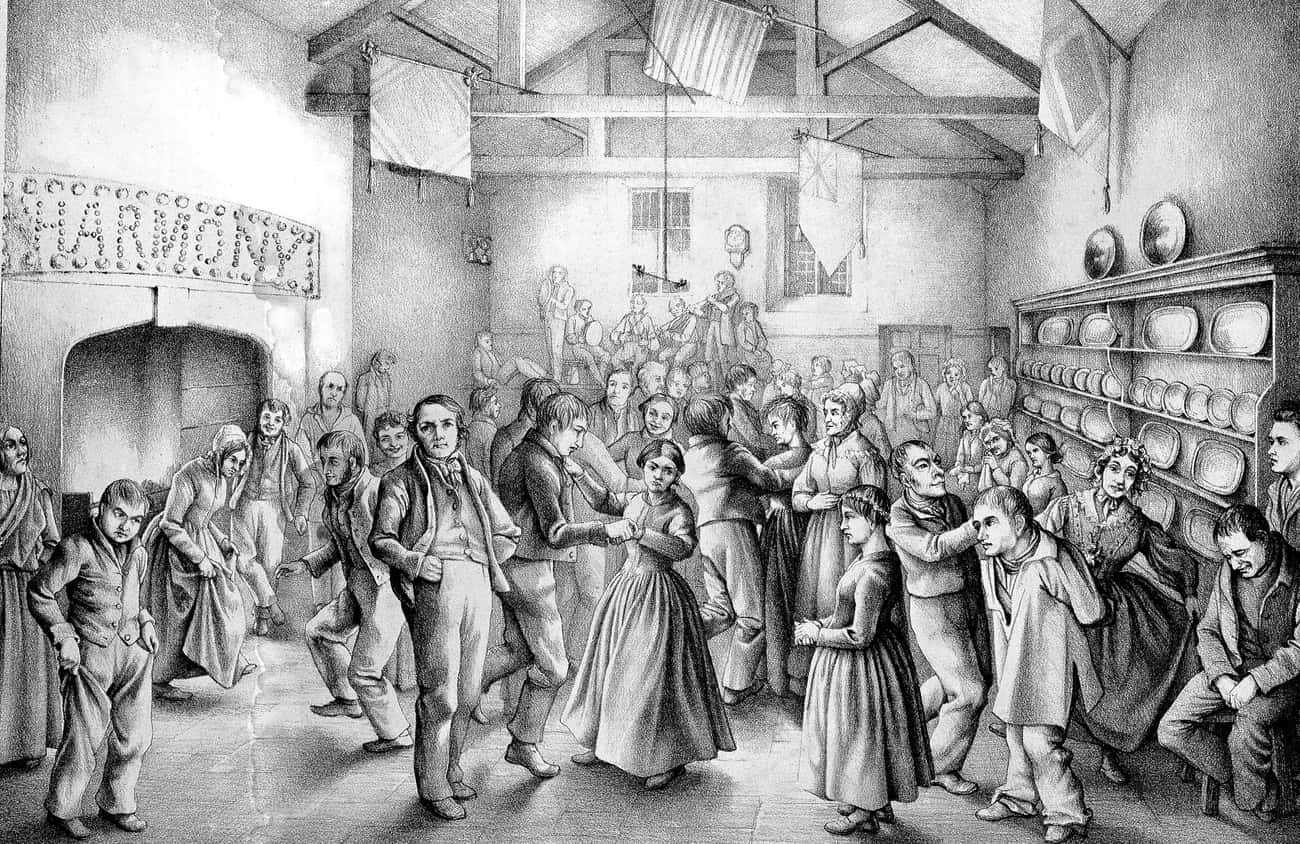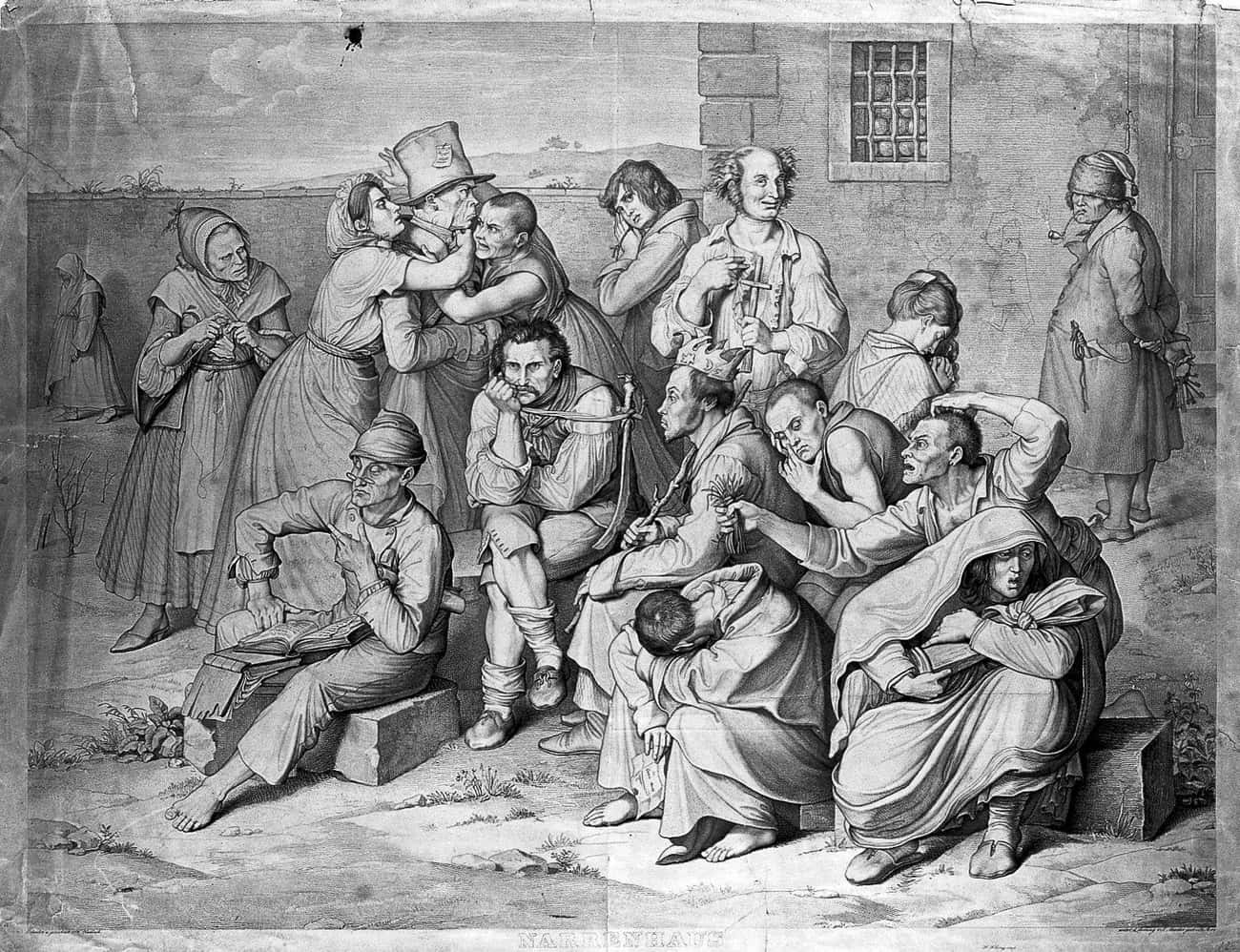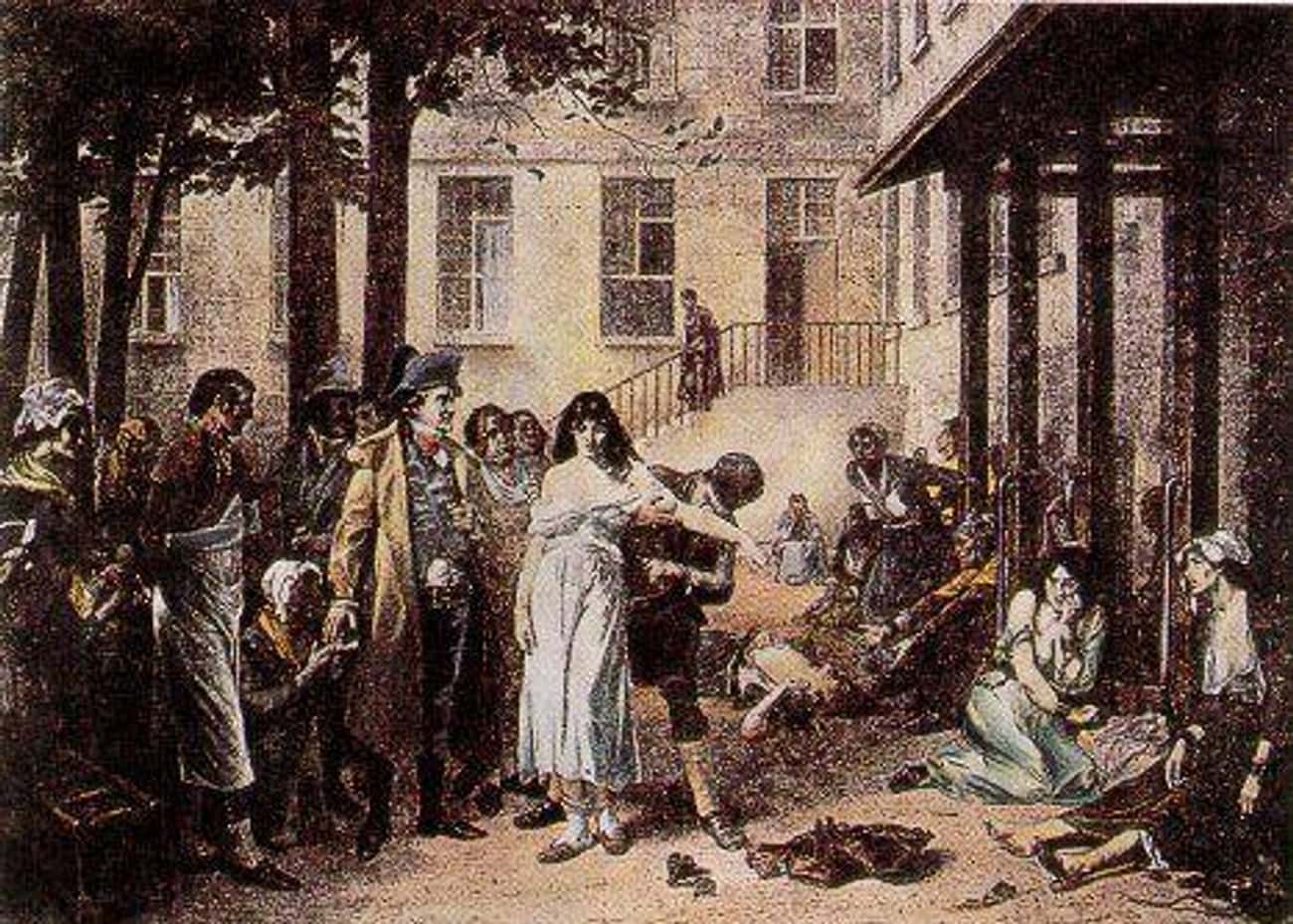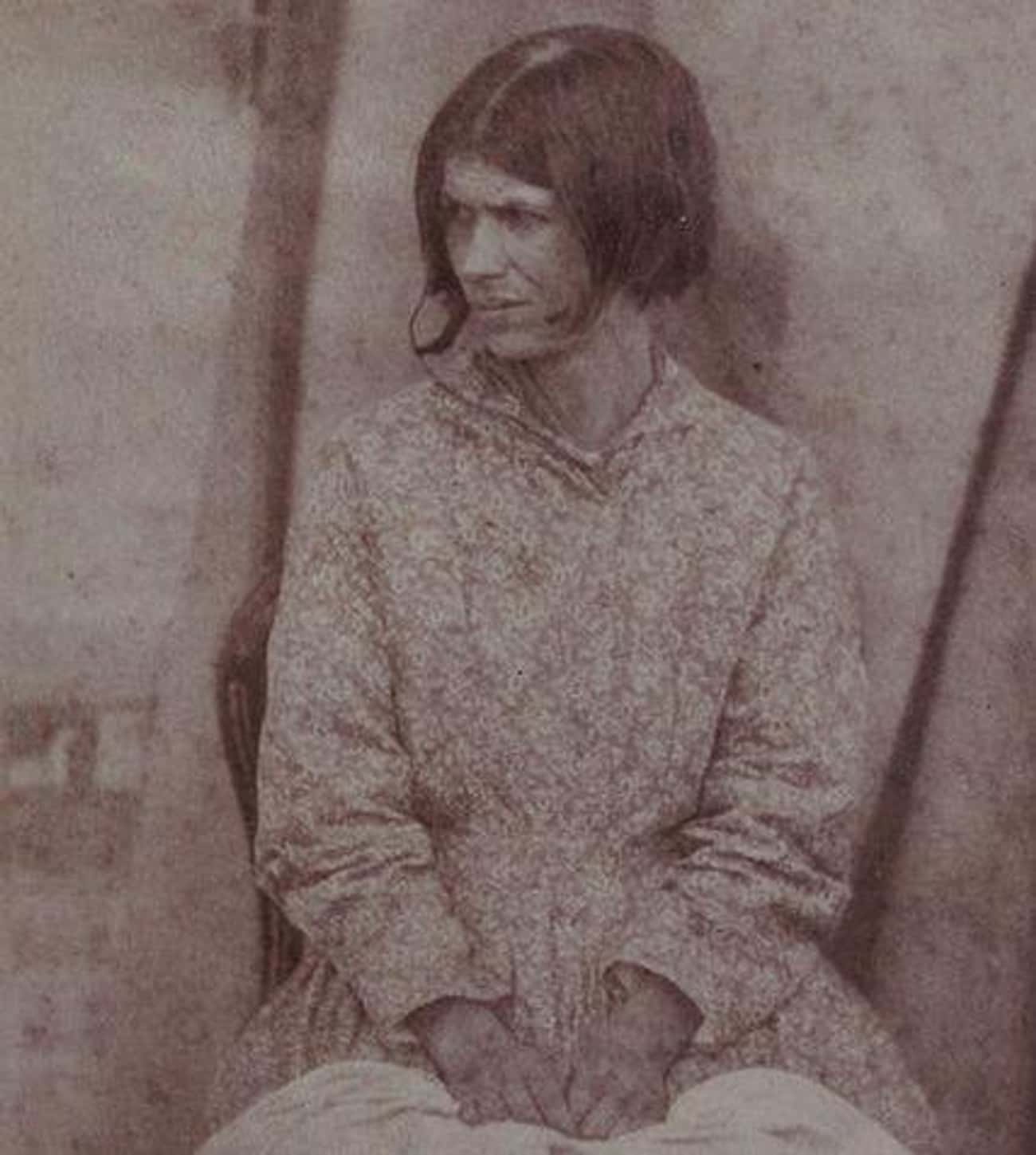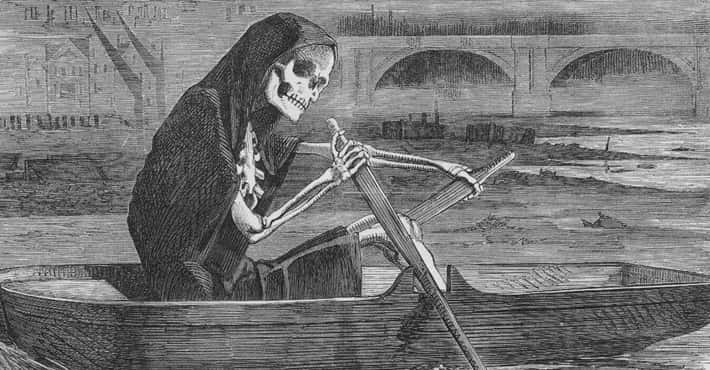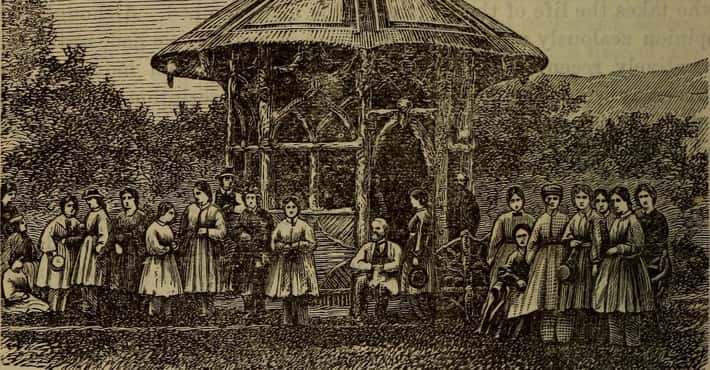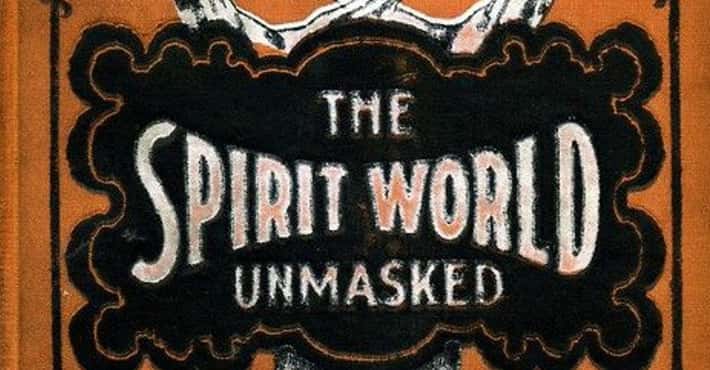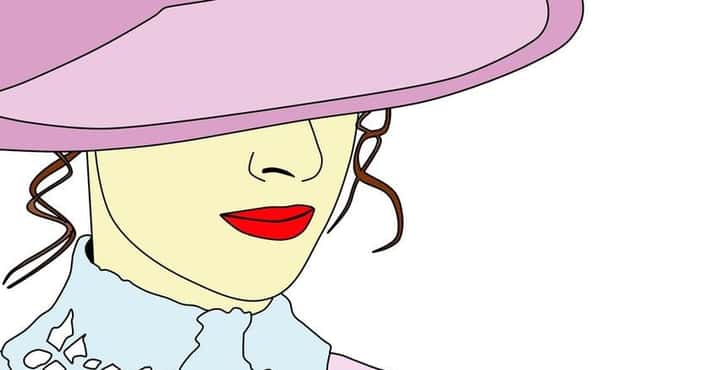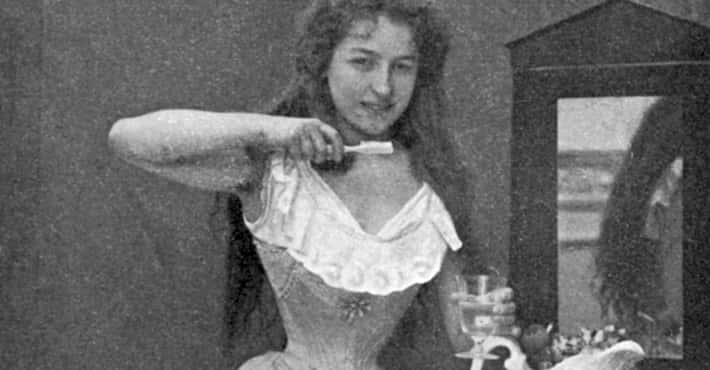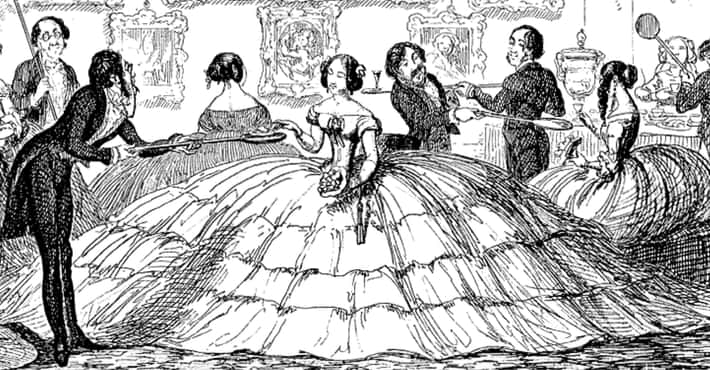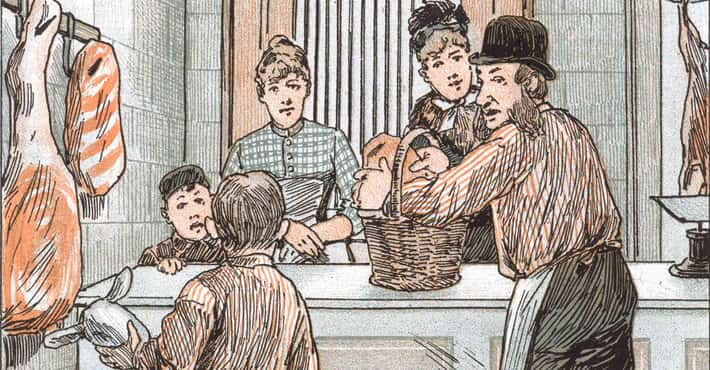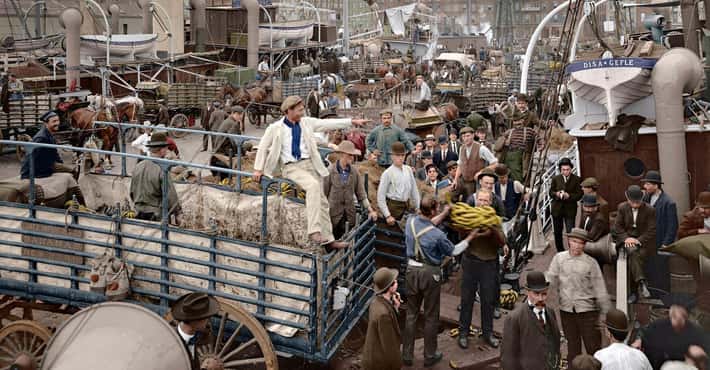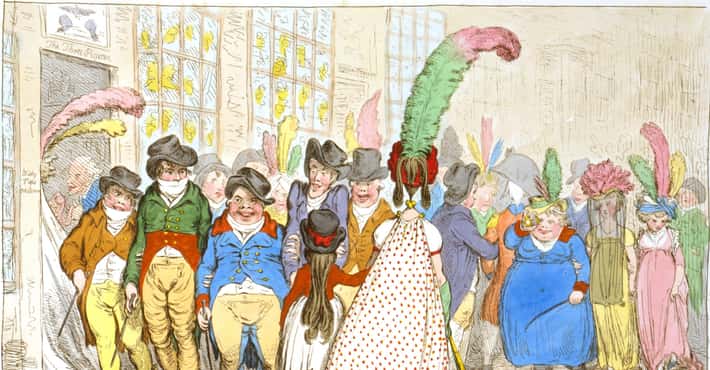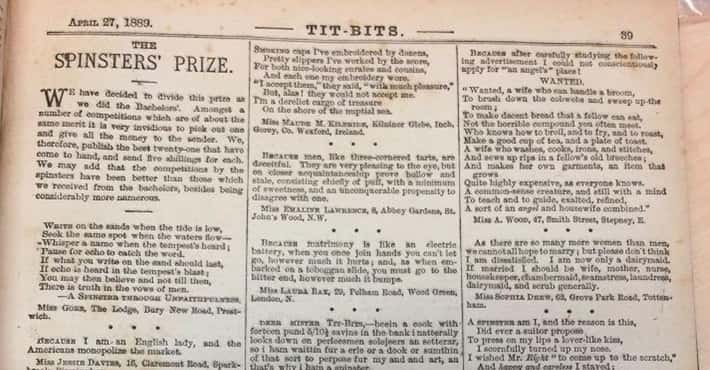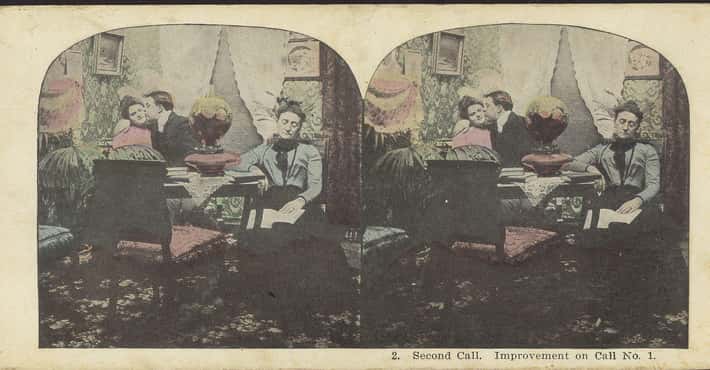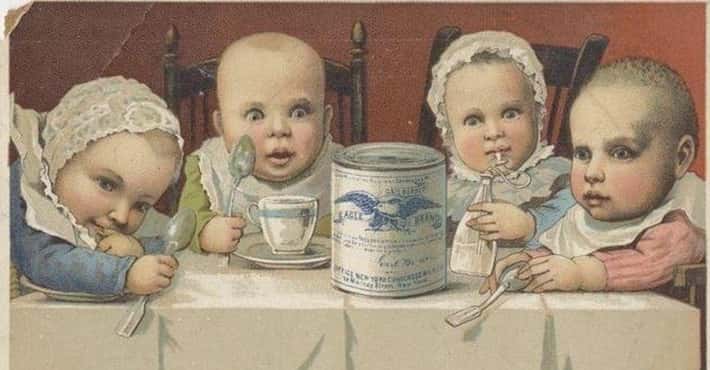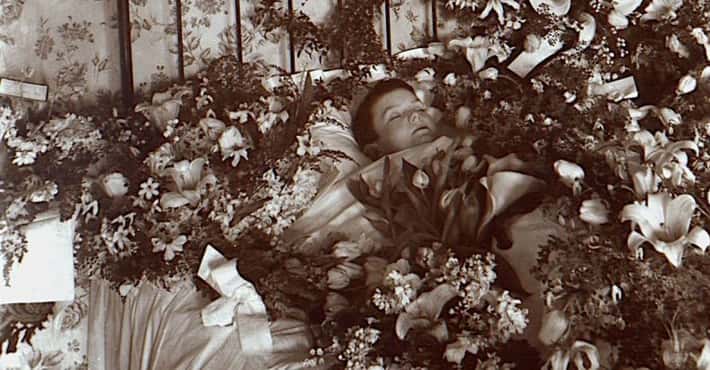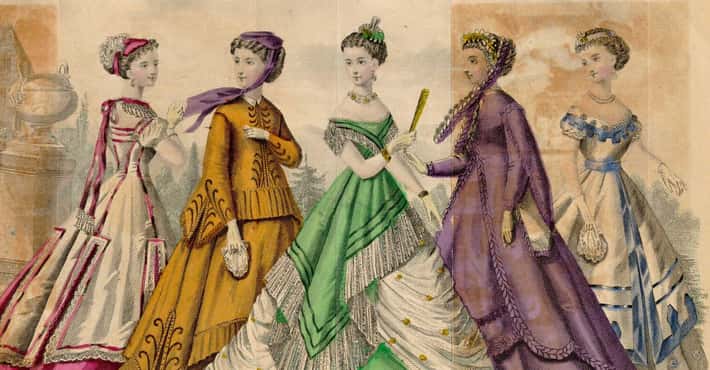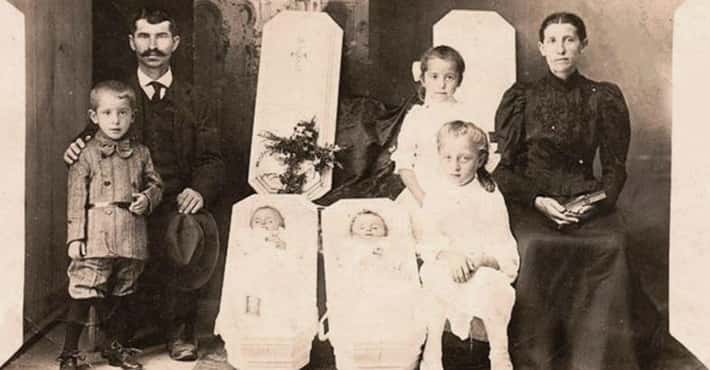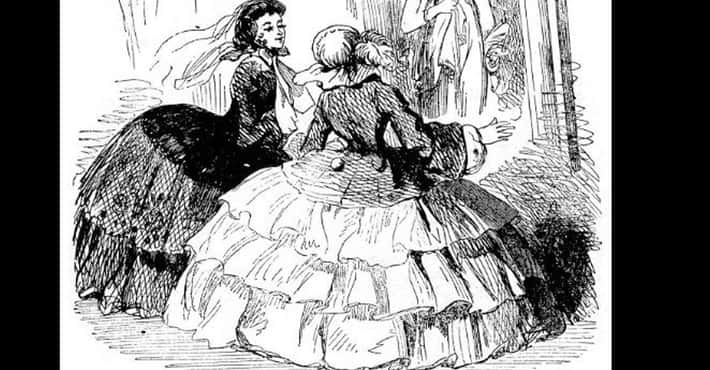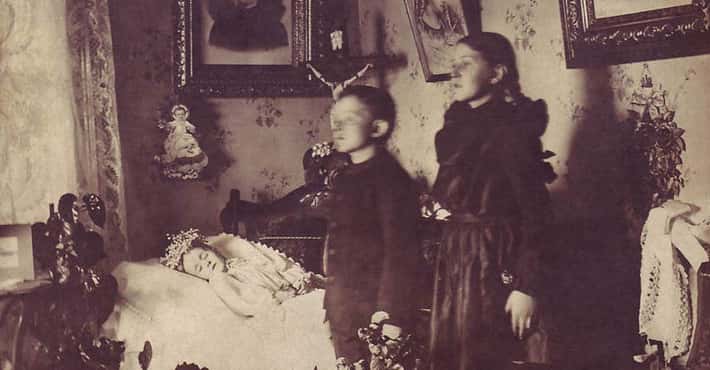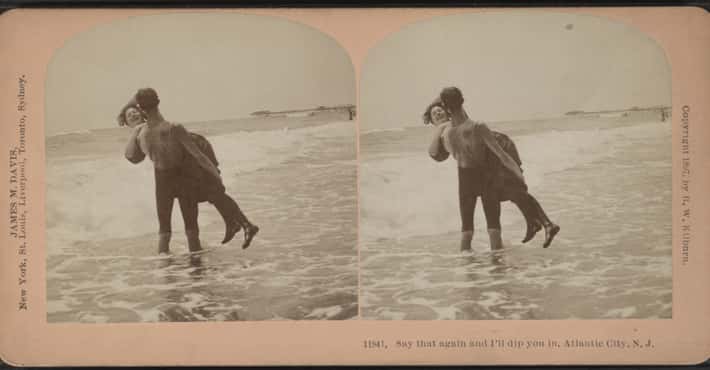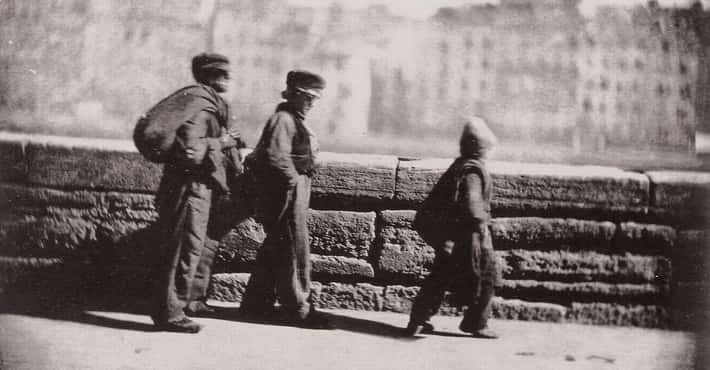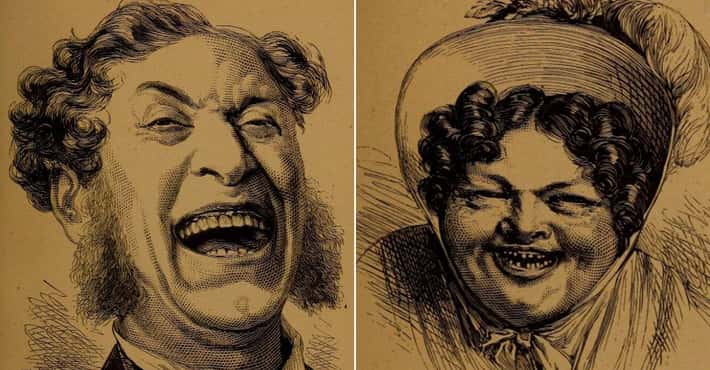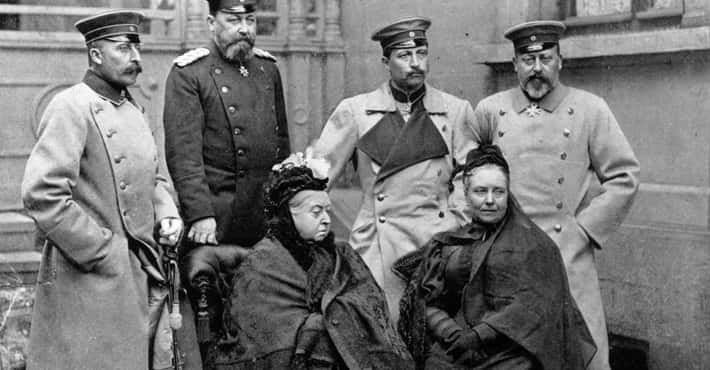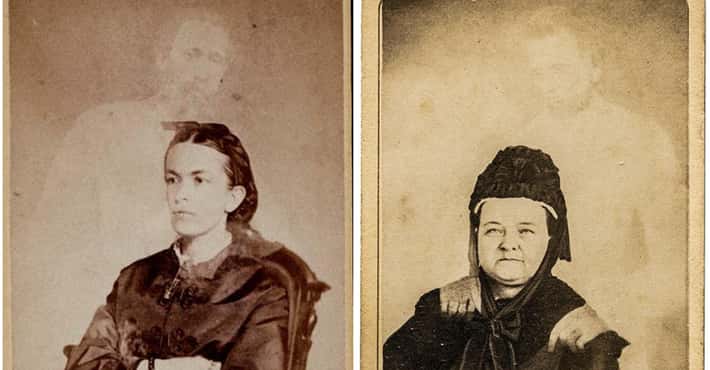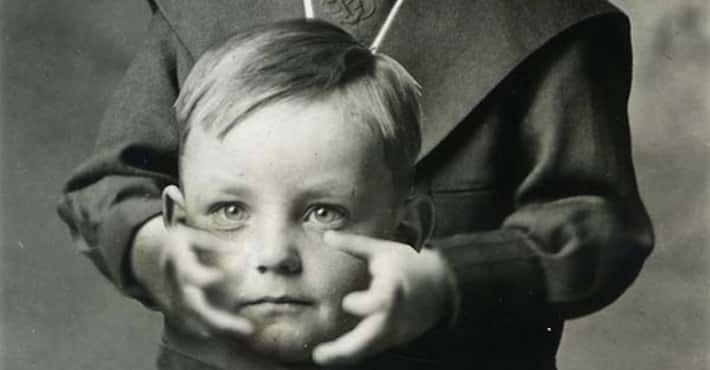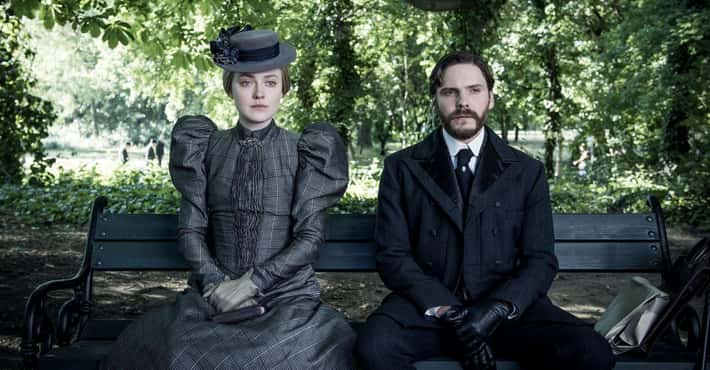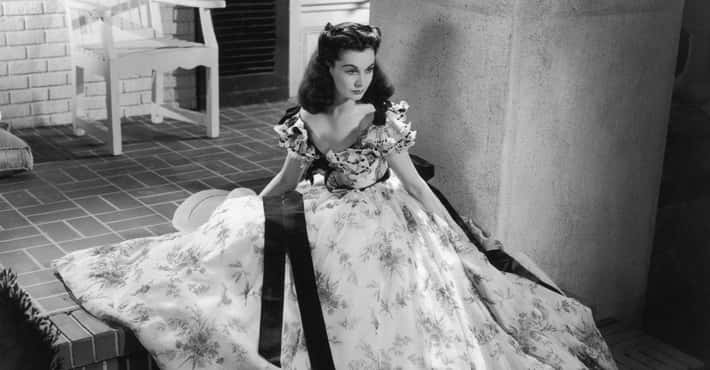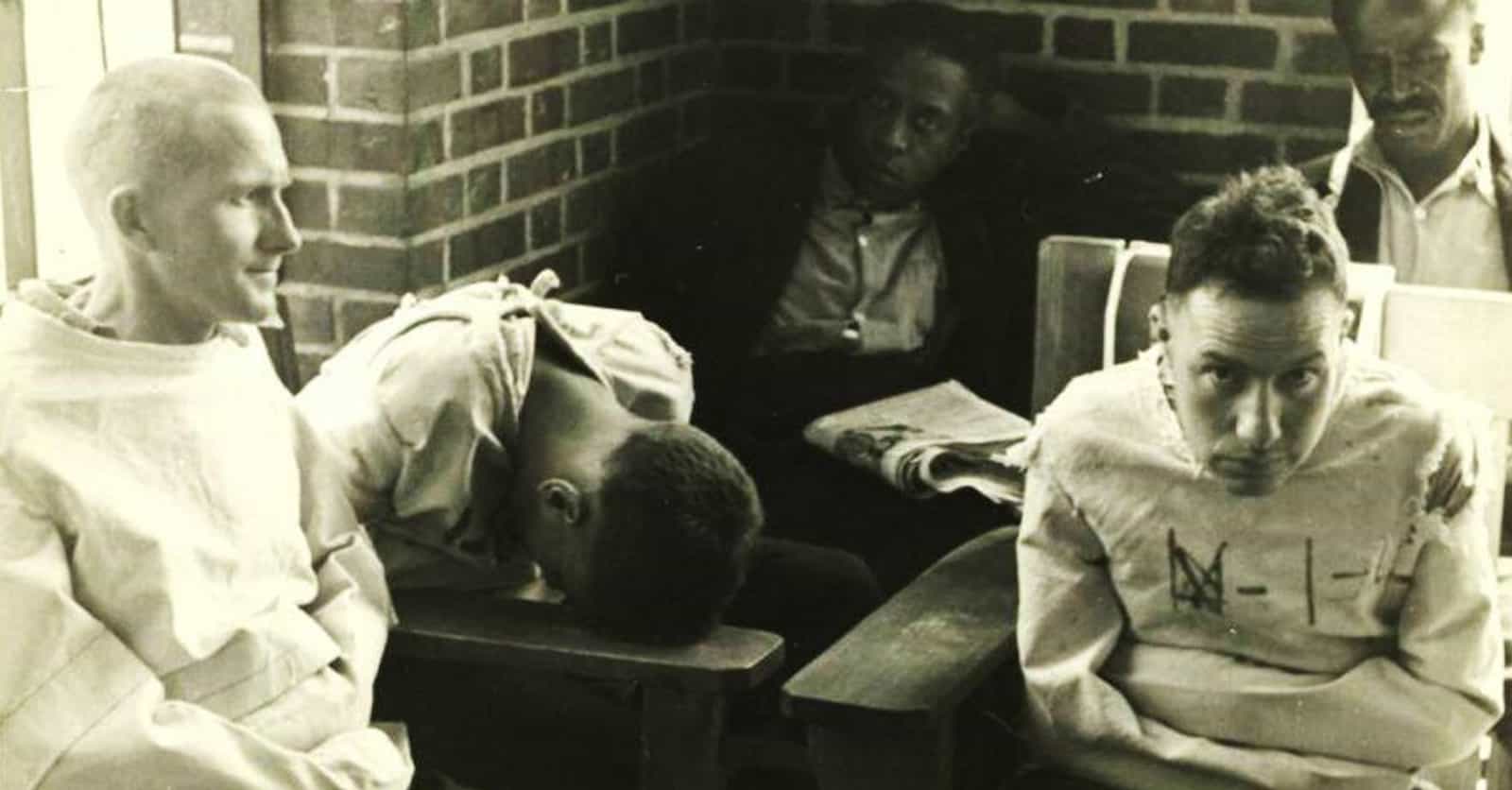
19th-Century Tourists Visited Mental Asylums Like They Were Theme Parks
- Photo: Wellcome Images / Wikimedia Commons / Public Domain
Tourists Payed To Observe The Patients And See "The Beasts"
Before the 1770s, mental institutions welcomed visitors to observe the patients as a form of voyeuristic entertainment.
Bethlem Royal Hospital of London - or Bedlam, as it came to be known - charged a shilling to see the ravings of "the beasts," and the patients were put on display like a human zoo.
Cultural historian Mike Jay has described it thus:
Particularly on Sundays and holidays, the scene in the galleries could be boisterous and rowdy. Like a ghost train or a freak show, or indeed the surgery and autopsy, demonstrations that were also on offer to the London public – it offered an extreme but safely contained experience, and a stage on which high-spirited visitors could perform acts of daring or display their wit.
- Photo: William Hogarth / Wikimedia Commons / Public Domain
Early Asylum Tourism Created A Patient Spectacle To Secure Donations
Eventually, patients were displayed as a tactic to secure donations. Governors encouraged high-class sightseers to help fund the asylum by paying to see "the beasts." The asylum entertained visitors with spectacle - a common tactic in charity of the time. This voyeuristic tactic came from the hope that the wealthy onlookers would donate money to the asylum. According to Mary Chapman:
The oldest psychiatric asylum in Britain, Bethlem, began opening its doors from the early modern period as a way of courting donations from an entertained public, and access to the asylum and its patients continued- in one form or another- until the Victorian era. The story of these prying eyes, and what exactly it was that they looked for, tells us much about changing popular attitudes to mental illness. These visits also reveal the intensity of citizen interest in medicine during the nineteenth century, and the ways in which this interest was encouraged or curtailed by physicians...
Early Asylum Patients Were Considered Akin To Animals
Early asylums began in England as a form of imprisonment. They were for those who were "raving and furious and capable of cure, or if not yet are likely to do mischief to themselves or others." Until 1619, they were not even run by medical professionals.
In the 1700s, conditions improved little. The mentally ill were considered "beings that, without their reason, had descended to the level of animals." Even when King George III developed a mental illness, he was retrained, sedated, and treated with many harsh procedures of the time, including bleeding, blistering, and purging.
Asylums Were A Place For The Poor And Powerless
At the time, mental asylums served as a site where the poor and disenfranchised could be locked away when they developed any perceived mental issues. Those with money were usually cared for at home or in private asylums established for the better care of their wealthy patients.
Not everyone with a mental illness was sent to the asylum. Even among the poor, some people were still cared for at home, and others were left on the streets as beggars - nicknamed Tom O'Bedlams.
A Growing Awareness Of Abuses In The Georgian Era Led To A Drop In Tourism
In the Georgian era, asylum tourism began to drop off, as cultural attitudes and understandings of mental illness changed. The public began to be aware of the abuses of the system and to shy away from such spectacles.
Starting in the 1760s, asylum tourism began to decline. At the same time, mental institutions were adapting, becoming more financially independent. They no longer required desperate bids for donations.
New Regulations In The Victorian Era Made Asylum Tourism Heavily Class Dependant
As the Georgian Era turned to the Victorian, asylum tourism still existed, albeit sparingly, because it had become a pastime of the upper classes. Rather than currying donations, asylums set a ticket price, and only those who could afford it were admitted.
In 1825, the Bedlam Governors declared that guests could only visit the asylum with written permission from a governor. This meant potential visitors had high enough standing to ask for such a favor from high-ranking men.
- Photo: Ward Brothers / Wikimedia Commons / Public Domain
Over Time, Tourism Shifted From Viewing The Insane To Viewing The Asylum Grounds
As viewing the patients for entertainment began to be looked down upon, the asylum tours were advertised as a chance to view the architecture and gardens connected to the building. Asylums often took up large, beautiful buildings that could be marketed toward tourists, and their grounds could be advertised in traveling guidebooks as sites to see. This allowed tourism to continue without sounding exploitive to the patients.
Later Tourists Came To Observe The Care, Comfort, And Treatment Of Patients
Some asylum tourists in the Victorian era were fascinated with medicine and focused on philanthropy. These visitors came to act as inspectors, concerned with the care and comfort of the patients. Guests commented on how few patients were under restraint and how gentle the treatment was. In the process, Bedlam began being regarded as a benevolent institution.
However, patients who were considered dangerous were kept out of sight of visitors, keeping some of the less gentle treatment away from prying eyes.
The Change In Tourism Corresponded With A Change In Treating Mental Illness
At the same time the public was softening in their attitudes toward asylum patients, medical professionals began to reform the treatment of mental illness. They adopted the idea that "moral treatment" of patients would be more beneficial for mental health. "Moral treatment" focused on kindness and comfort in treatment. This version was still a far cry from modern ideas of treatment, but it was certainly an improvement on the past.
With moral treatment, useful employment, and rest, they believed insanity could be cured. In the 1850s, Bedlam administrators claimed the institution had a recovery rate of 57%.
- Photo: Tony Robert-Fleury / Wikimedia Commons / Public Domain
Later Asylum Tourism Helped Remove Social Stigma On Mental Illness
There were many problems with asylum tourism, but it did have a few benefits. The openness to the public helped increase confidence in psychiatric treatment and remove the stigma surrounding mental illness.
The tours demonstrated how medical methods worked, which allayed many of the public fears about mental health treatments. The tours also helped visitors see patients as real people. One young woman wrote to a periodical, seemingly disappointed at the lack of spectacle, "For all we could see, the patients look and act like other people."
Many Medical Professionals Hated Asylum Tourism, Believing It Interfered With Treatment
Medical professionals objected to the practice of treating the patients as a form of entertainment. Asylum superintendents often found the tourists a distraction and annoyance to their staff and patients.
By the end of the 19th century, asylum tourism had virtually disappeared. The physicians and administrators realized privacy aided treatment. This ended a practice that, while beneficial, still exploited the patients by exposing them to the curious public during their medical treatment.
- Photo: National Media Museum / Wikimedia Commons / Public Domain
It Was A Long Time Before Asylum Patients Were Treated Like Everyone Else
Even though the treatment of mental health and mental illness became more progressive and less stigmatized during the era of mental asylum tourism, it still had a long way to go. In the early 20th century, many powerful politicians figures and influencers still believed in the sterilization of the mentally ill. Thousands of people were forcibly sterilized in a push to weed "undesirable" traits out of the population as eugenics became increasingly popular.
United States Supreme Court Justice Oliver Wendell Holmes wrote an opinion in a court case explaining:
Experience has shown that heredity plays an important part in the transmission of insanity, imbecility, etc... It is better for all the world, if instead of waiting to execute degenerate offspring for crime, or to let them starve for their imbecility, society can prevent those who are manifestly unfit from continuing their kind.
The road to real moral treatment of mental health was a long one.


